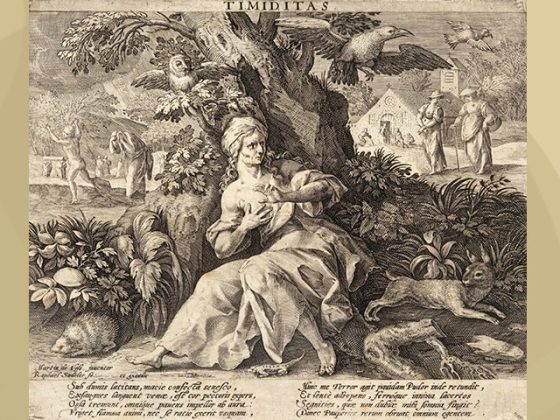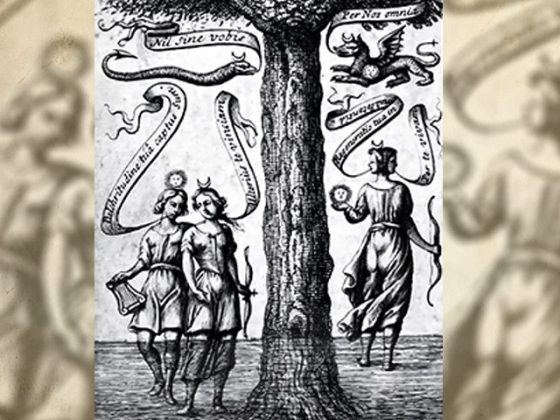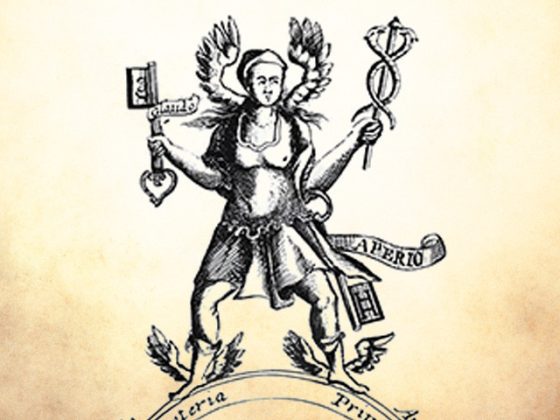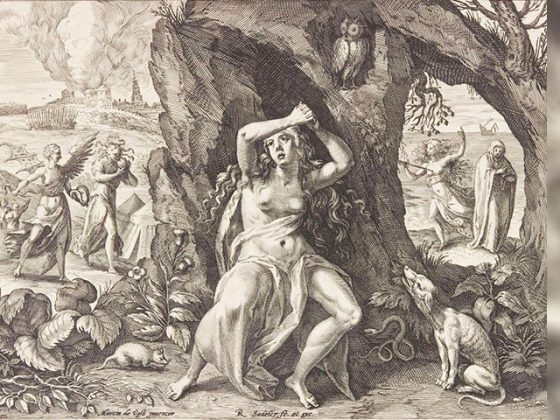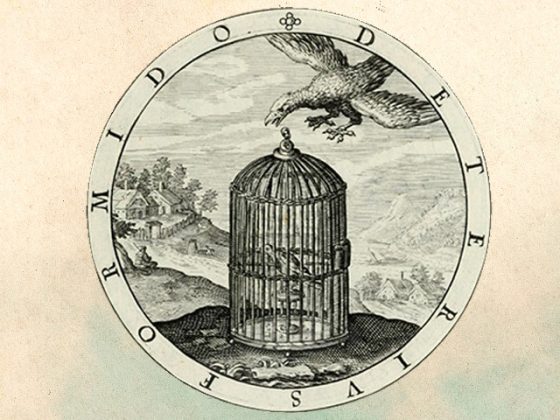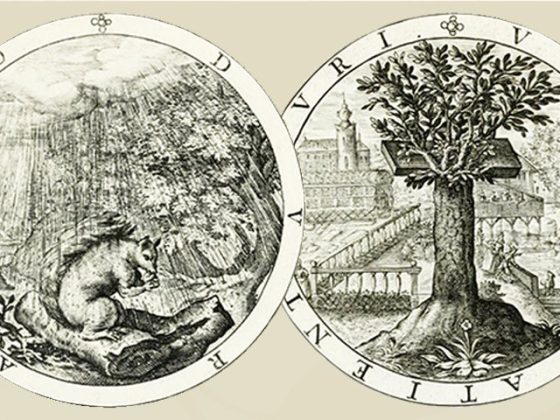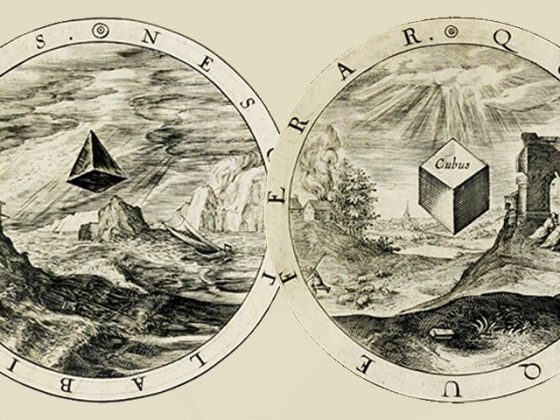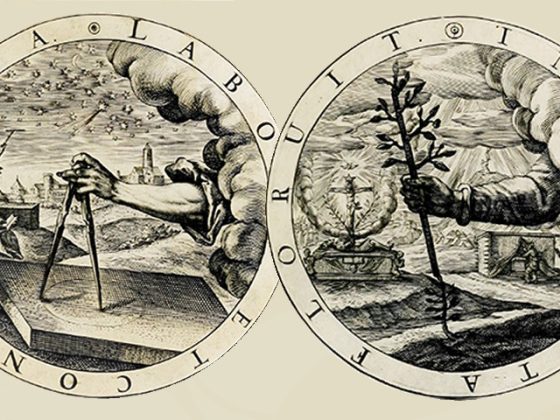We could conclude the following about the two couples mentioned above: terror makes us flee, but modesty contains that impetus of fear, indolence limits action, but it has to stop when poverty, which is a consequence of indolence itself, forces us to act.
“Virtus unita fortior” (United virtue is stronger)
It is the frontispiece of a book published in 1690 in London and entitled Aphorismi Urbigerani. This engraving takes us back again to the study of the Sacred ARCANUM A.Z.F. and its alchemical concomitances.
The “I” of victimism is something that is born in the mind and then passes to the emotional center, which transforms it into us being people who suffer… The “I” of victimism makes us feel that we are carrying a cross…, a utopian cross, because it makes us feel self-sacrificing. And, of course, they are all aspects of the same “I” of victimism.
This engraving, patient reader, brings to mind one of the most precious symbols of Alchemy; we refer to the Mercury of the sages.
“Tristitia” (Sadness)
This engraving belongs to a four-part series on negative human traits. The series was engraved and published in 1592 in Cologne ─Germany.
“Deterivs formido” (I fear the worst)
On this occasion, I am sending you the eighty-fourth emblem of the book Nucleus emblematum selectissimorum, ‘The Nucleus of the Most Select Emblems’, with the texts in Latin and Old French and a possible translation.
“Non qvam crebro, sed qvam bene” (Not how often, but how well)
Os envío el vigésimo quinto emblema del libro Nucleus emblematum selectissimorum, ‘el núcleo de los emblemas más selectos’.
“DVRABO” (I will resist) and “VICTRIX PATIENTIA DVRI” (Patience is victorious in difficulties)
I send you the twenty-sixth and twenty-eighth of a book of poems written by the same German poet Gabriel Rollenhagen. The book is entitled Nucleus emblematum selectissimorum, ‘The Nucleus of the Most Select Emblems’.
“NESCIT LABI VIRTUS” (Virtue does not know how to fall) and “QUOCUNQUE FERAR” (Wherever it is taken)
On this occasion I send you two emblems from the same book: Selectorum emblematum, with the text in Latin and Old French.
I am sending you two emblems or engravings, number 9 and number 59, both from the book Selectorum emblematum – ‘Selected Emblems’ – written by the German poet Gabriel Rollenhagen.


